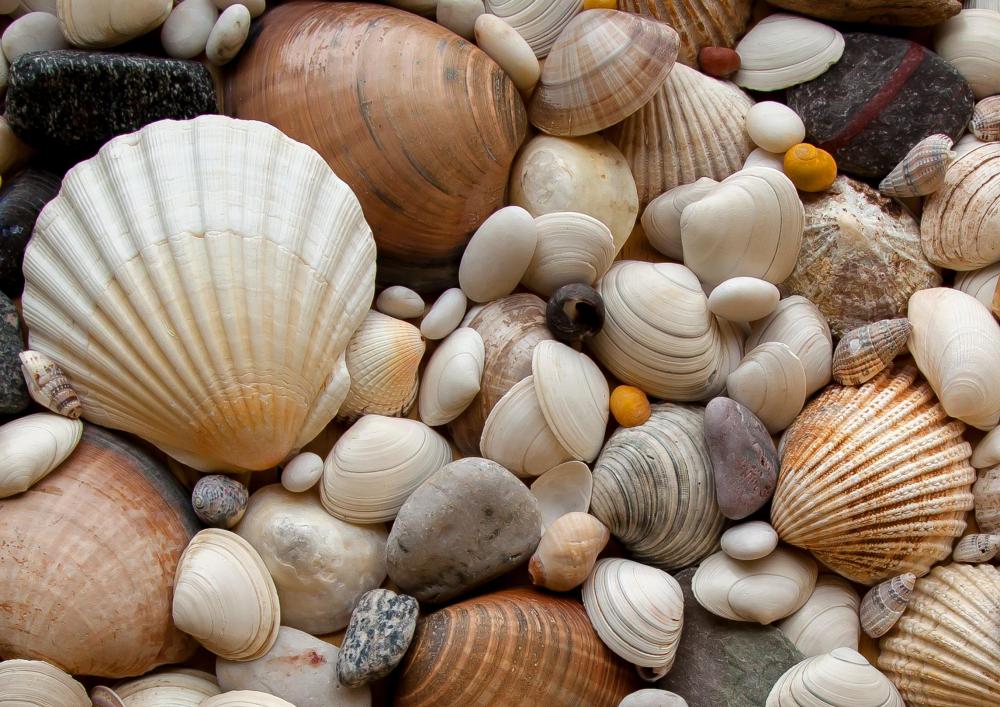At HomeQuestionsAnswered, we're committed to delivering accurate, trustworthy information. Our expert-authored content is rigorously fact-checked and sourced from credible authorities. Discover how we uphold the highest standards in providing you with reliable knowledge.
What is a Dyebath?
A dyebath is a container which is filled with dye for the purpose of dyeing textiles. Dyebaths come in a range of shapes and sizes, and they can be used for an assortment of textiles, from wool to some synthetics. Many home crafters like to work with dyebaths because it allows them more control over the color of their textile products, and it allows them to create custom colors for special requests.
Humans have been dyeing textiles for thousands of years, using a wide variety of pigment materials. Some sources of pigment were historically incredibly rare; purple, for example, was a very challenging color for the Romans, which explains why only certain people were allowed to wear it. Dyes can be extracted from various plants and other natural products, ranging from sea shells to mushrooms. Modern dye baths can be filled with natural dyes or synthetics; numerous companies make a range of synthetic products which are designed to be extremely colorfast.

Any sort of container can be used as a dyebath, depending on the type of dyes involved, ranging from plastic tubs to metal vats. To use a dyebath, crafters typically prepare the product to be dyed first. In the case of wool, for example, the wool will be combed and carded into hanks, and in some cases people may use spun raw wool. Next, the dye must be prepared. If someone is using a commercial dye, the dye can be mixed with water and other substances as directed; natural dyes typically require a long cooking and steeping process, and some experience on the part of the dyer.

Once the dyebath has been prepared, the material can be dipped into it. Textile materials are soaked for varying amounts of time in the dyebath, depending on the color saturation desired and the type of textile involved, and they may be stirred in the bath to ensure even distribution of color. It is also not uncommon to simmer dyebaths as textiles are dyed. Once the dyeing process is complete, the textile can be run through a fixer bath, if desired, and then hung to dry.
Working with dyes at home can open a whole new world of textiles. Some people enjoy making their own dyes with natural products they collect, but for less ambitious crafters, a huge range of commercial dyes are available. You may find the dyeing process fun, and as you become more experienced, you can experiment with patterns and other dyeing tricks. Hand-dyed products tend to be popular gifts, and there is also a large market for such products, especially in communities which value artisanal work.
AS FEATURED ON:
AS FEATURED ON:












Discuss this Article
Post your comments